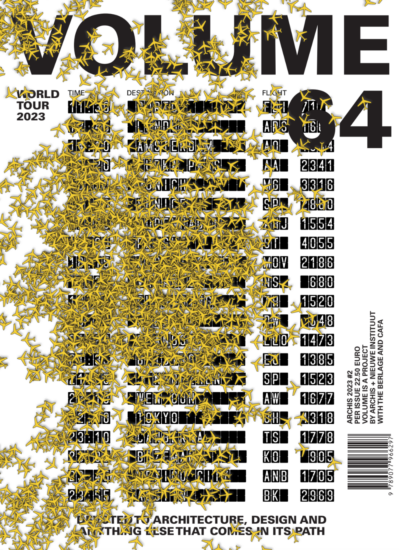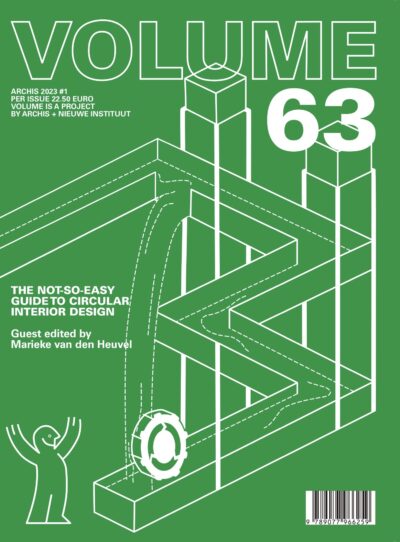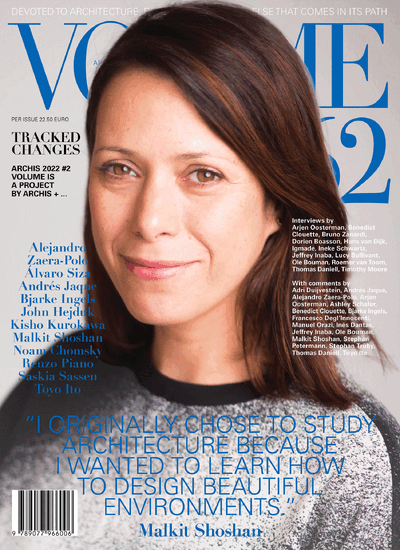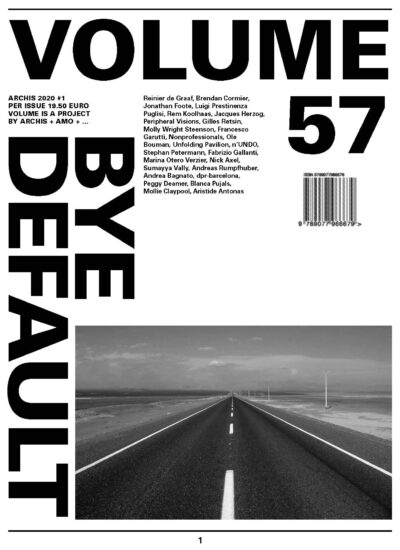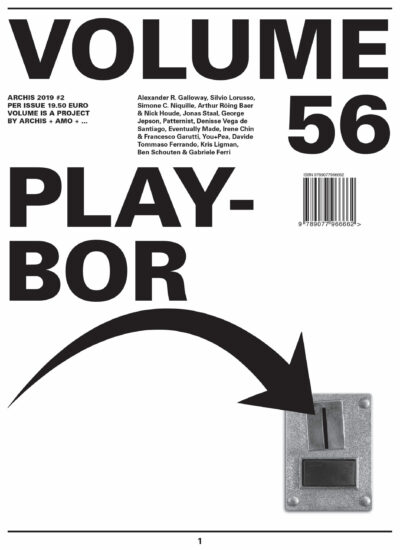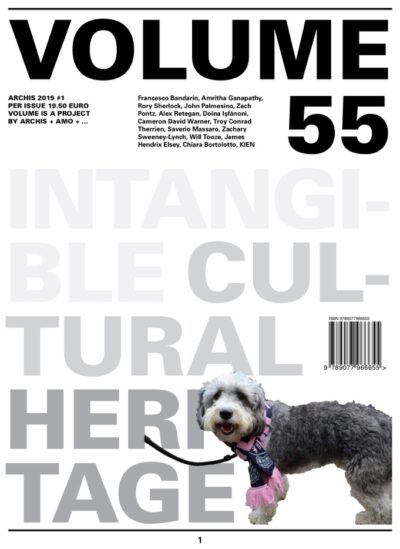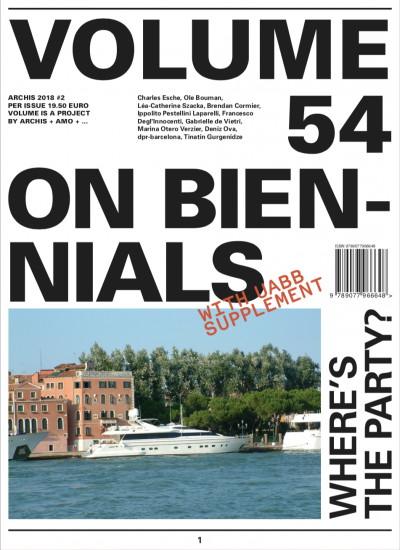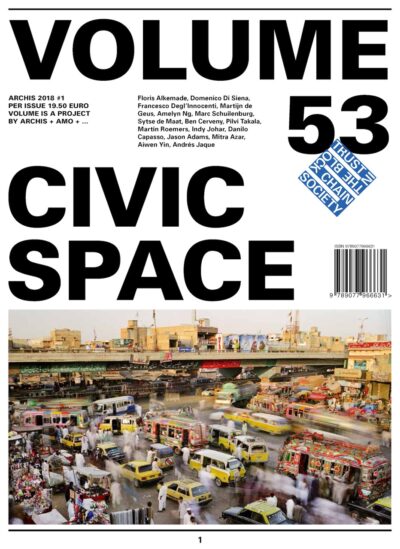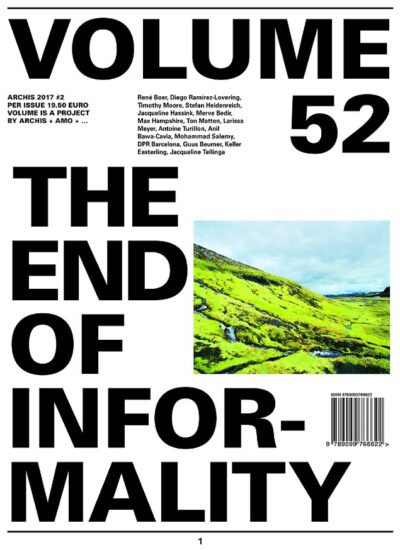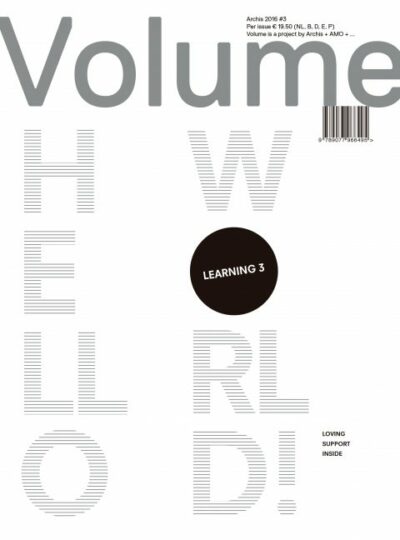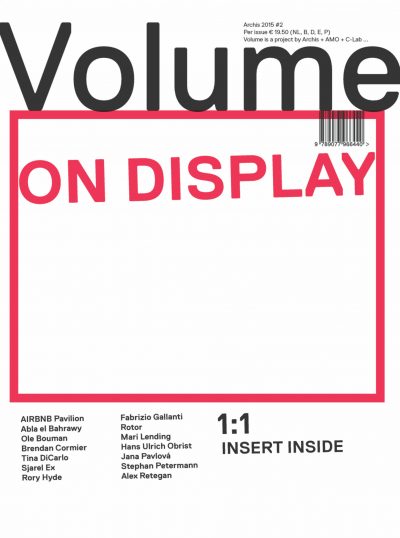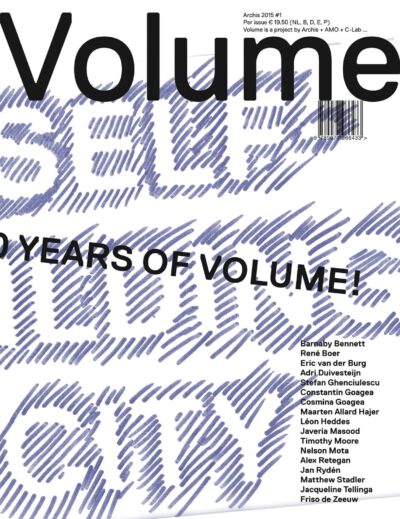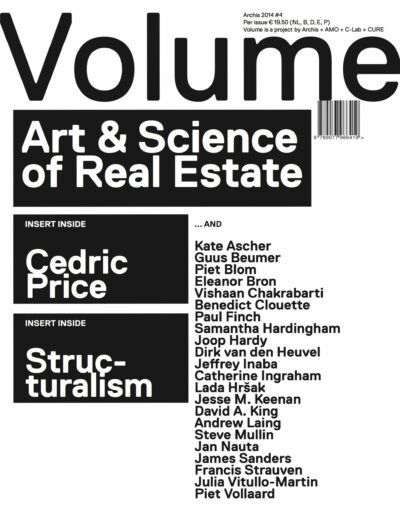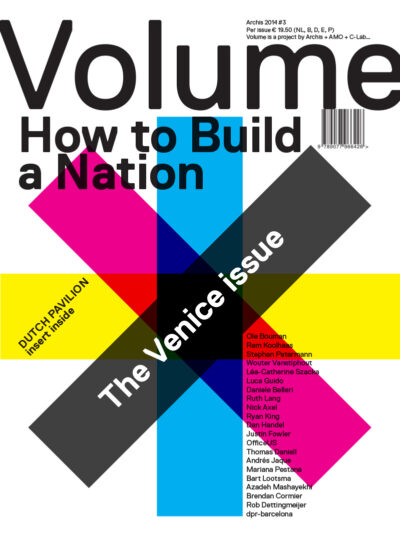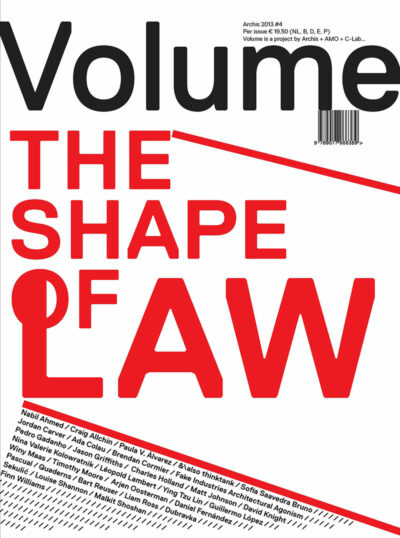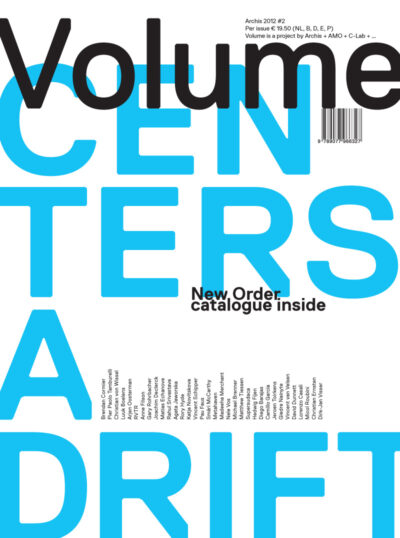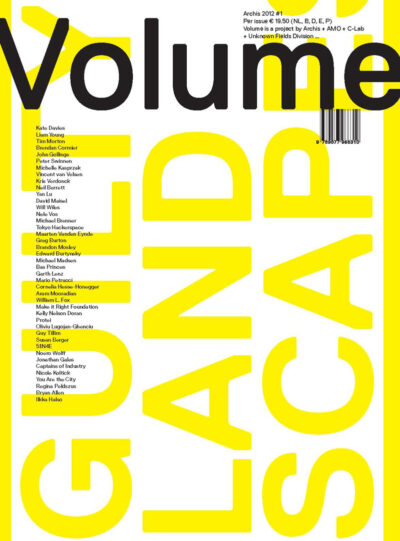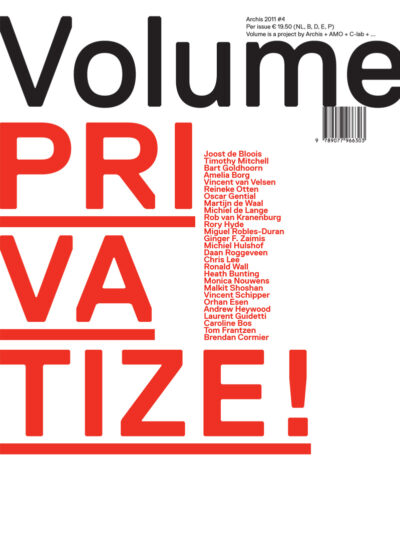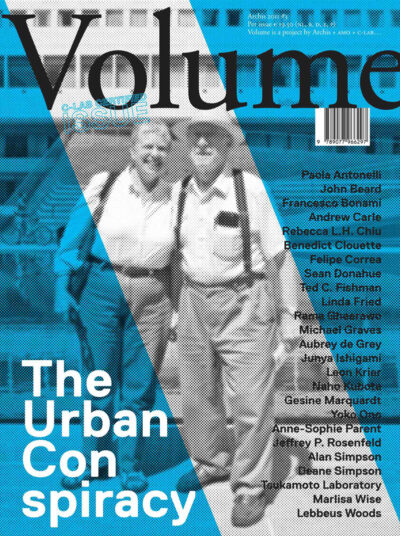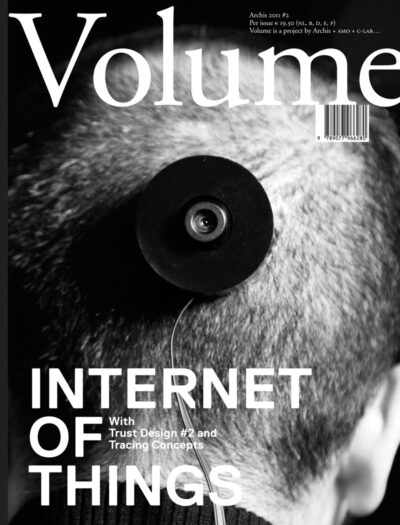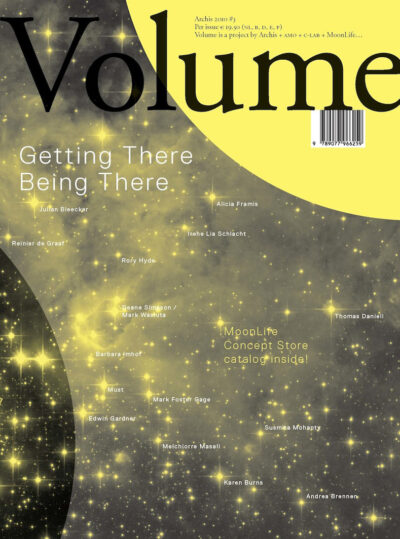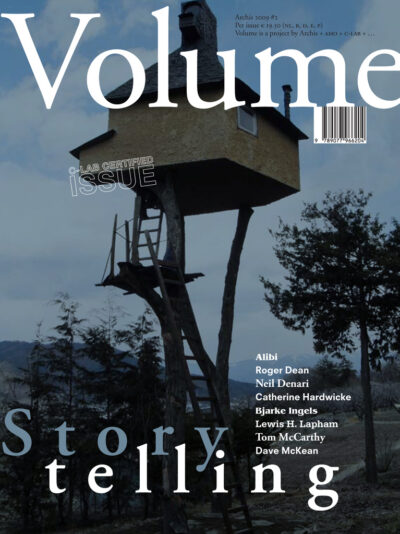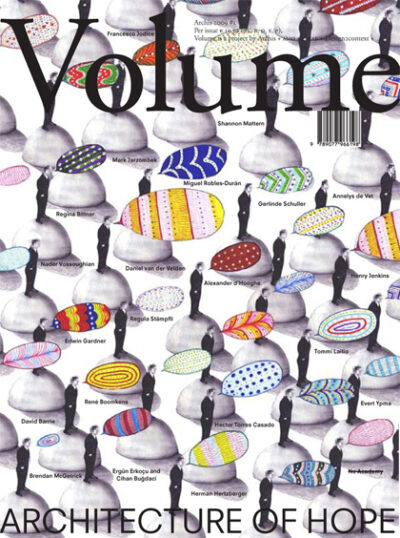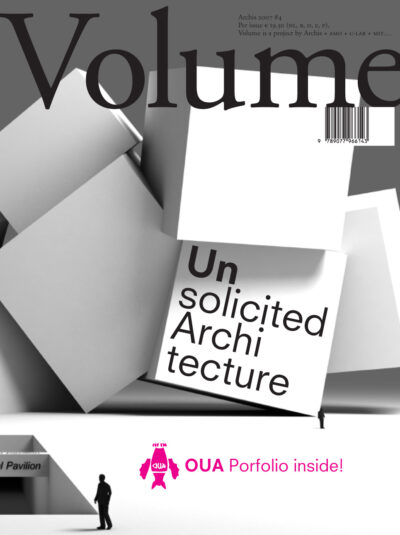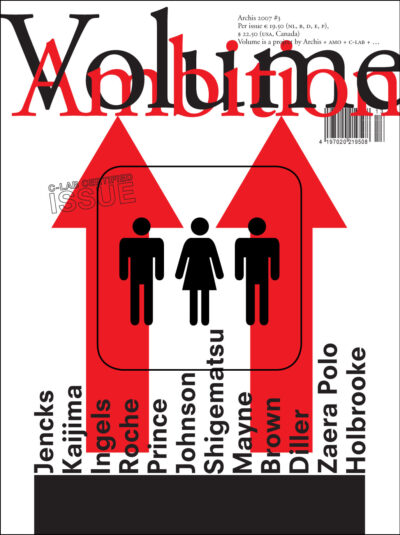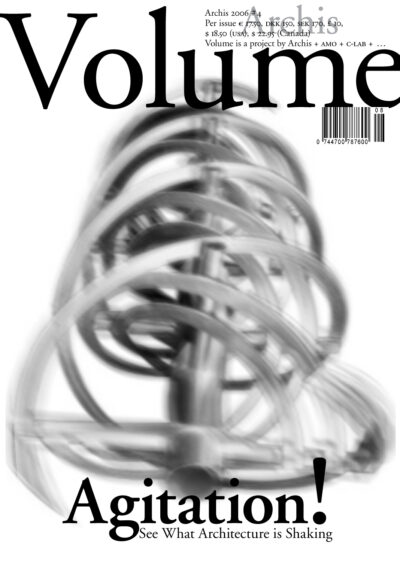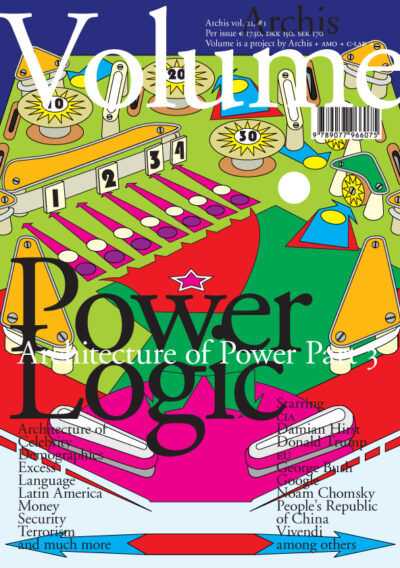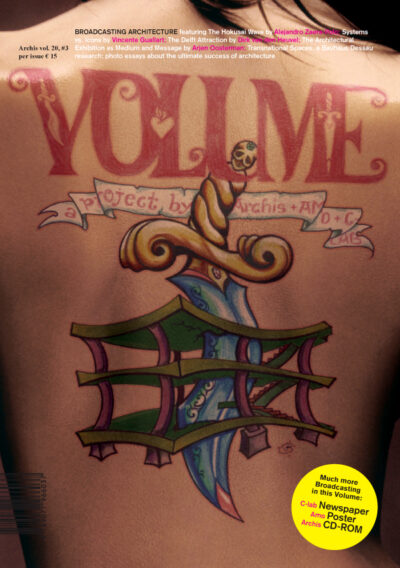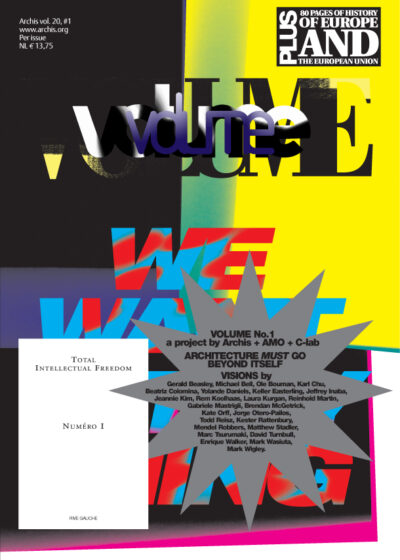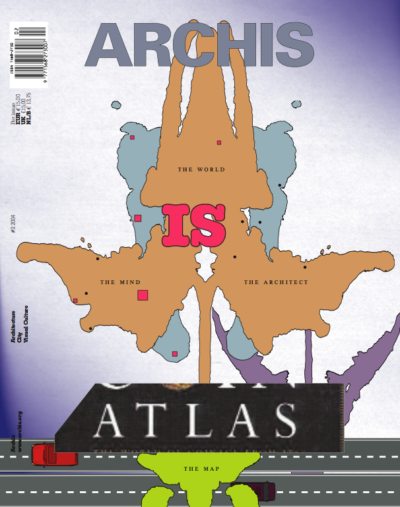56
Playbor
December 2019
There once was a time when work and leisure were separate realms: you worked or you played. These days, playing is work and work demands playing. Who’s fooling who, may we ask?
After the 24/7 economy, after the merging of private and social time and space, after work has become pervasive and ubiquitous, the next level is to masquerade work as play. It’s called the gamification of the workspace and it’s labeled as Playbor.
The instrumental use of points, levels and feedback, aims to improve workers’ engagement, boost productivity, facilitate learning, optimize systems, and more. From Silicon Valley tech-giants gamifying their workspaces, to Walmart and other (e)-supermarkets implementing virtual reality into their logic of production, to Steve Bannon hiring Chinese workers (also known as ‘gold-farmers’) to level-up avatars in World of Warcraft.
Work is becoming more play-like, play more work-like, all serving the ever-increasing exploitative logic. The ‘power’ of gamification is that it works in a cognitive level; not as power that represses but as power that produces. Through the production of playful work, gamification shapes identities that fit the needs of capitalism: enthusiastic, self-engaged and self-exploitative subjects.
The VOLUME 60 issue is divided in two sections: POWERPLAY in which we explore the renewed relations between work(ers) and leisure(rers) (burn-out, identity, hierarchy, unionism, commoning) and PLAYGROUND on the spatial implications of the focus on gaming (workspaces, data centers, dark kitchens, urban simulators, city games, citizen apps).
Contributors
Alexander R. Galloway, Silvio Lorusso, Simone C. Niquille, Arthur Röing Baer & Nick Houde, Jonas Staal, George Jepson, Patternist, Denisse Vega de Santiago, Eventually Made, Kris Ligman, Irene Chin & Francesco Garutti, You + Pea, Davide Tommaso Ferrando, Ben Schouten & Gabriele Ferri.
Details
VOLUME 56: Playbor
Editor in Chief: Arjen Oosterman
Designed by Irma Boom Office (Irma Boom, Jan van der Kleijn)
72 pages, 33 x 24 cm
Soft cover, stapled
ISSN 1574-9401
ISBN 9789077966662





